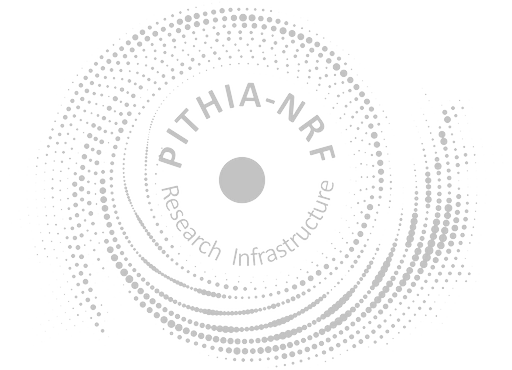<?xml version="1.0" encoding="UTF-8"?>
<Instrument xmlns="https://metadata.pithia.eu/schemas/2.2" xmlns:xlink="http://www.w3.org/1999/xlink" xmlns:xsi="http://www.w3.org/2001/XMLSchema-instance" xsi:schemaLocation="https://metadata.pithia.eu/schemas/2.2 https://metadata.pithia.eu/schemas/2.2/pithia.xsd">
<identifier>
<PITHIA_Identifier>
<localID>Instrument_Ionosonde_DPS4D</localID>
<namespace>ldi</namespace>
<version>1</version>
<creationDate>2013-04-25T14:00:00Z</creationDate>
<lastModificationDate>2024-12-18T13:02:00Z</lastModificationDate>
</PITHIA_Identifier>
</identifier>
<name>Ionosonde: Digisonde Portable Sounder 4D (DPS4D)</name>
<description>Digisonde Portable Sounder 4 Digital (DPS4D) is the fourth-generation instrument in the Digisonde family
of ionosondes. In comparison to the previous DPS4 model, it uses direct RF sampling and a 4-channel digital
16-bit receiver chip and implements DSP-board functionality in the pre-processor FPGA. DPS4D accomplished
superior precision of its signal timing and processing, allowing reliable Digisonde-to-Digisonde (D2D)
synchronized operations. DPS4D is currently in production; total 52 units were built from 2006 to 2022.</description>
<type xlink:href="https://metadata.pithia.eu/ontology/2.2/instrumentType/VerticalSounder"/>
<operationalMode>
<InstrumentOperationalMode>
<id>ionogram</id>
<name>Scanning Ionogram</name>
<description>The system steps through frequencies according to
the selected program, transmitting and coherently integrating (a full
spectrum, i.e. FFT, Doppler integration) a stream of N pulses. Just prior
to transmission on each frequency four possible operating frequencies are
monitored for interference/occupancy and the quietest is selected for the
measurement. Then a few trial pulses are transmitted to allow automatic
adjustment of receiver gain. As each coherent integration of pulse streams
in completed, the raw output (i.e. 128 color coded amplitudes representing
echoes at 128 heights) is added to the display of the developing ionogram.
After all frequency steps have been completed the raw ionogram (16 complex
Doppler lines at 256 heights and M frequency steps) is written out to a
disk file and the automatic scaling program ARTIST (Automatic Real-Time
Ionogram Scaler with True height analysis), is invoked and a file of
automatically scaled parameters is created and displayed.</description>
</InstrumentOperationalMode>
</operationalMode>
<operationalMode>
<InstrumentOperationalMode>
<id>drift</id>
<name>Drift Ionogram</name>
<description>This is similar to the Doppler Ionogram in that
higher Doppler resolution is achieved by extending the integration period.
In addition to multiplexing frequencies the receive antennas are also
multiplexed. This provides a raw data file which records the relative
phase of all Doppler lines of all echoes on the four antennas in the
receiver array, giving the angle of arrival of the individual echoes.</description>
</InstrumentOperationalMode>
</operationalMode>
<operationalMode>
<InstrumentOperationalMode>
<id>D2D</id>
<name>Digisonde-to-Digisonde fixed-frequency sounding</name>
<description>This is a fixed-frequency high Doppler resolution oblique-incidence
sounding mode developed specifically for detection of the Traveling Ionospheric
Disturbances (TID) based on harmonic analysis of the time series of the signal's
Doppler frequency and angle of arrival variation.</description>
</InstrumentOperationalMode>
</operationalMode>
</Instrument>

